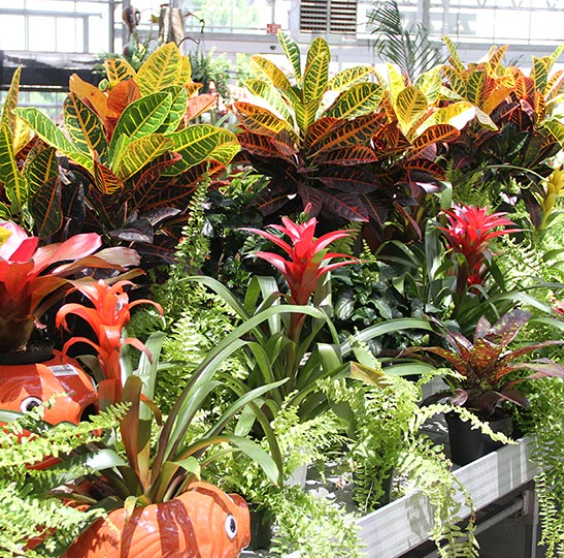Farming Outside Your Home: A Guide to Growing Your Own Food
In recent years, the concept of home farming has gained immense popularity. With the rising awareness of food quality and sustainability, more people are turning to their backyards, balconies, and even rooftops to grow their own food. This article explores the various aspects of home farming, providing you with the knowledge and inspiration to start your own garden.

Types of Home Farming
There are several methods of home farming that cater to different spaces and preferences. Here are some popular options:
- Container Gardening: Ideal for small spaces, container gardening allows you to grow a variety of plants in pots or containers.
- Raised Bed Gardening: This method involves creating elevated garden beds filled with soil, making it easier to manage and maintain.
- Vertical Gardening: Perfect for limited space, vertical gardening utilizes walls or trellises to grow plants upwards.
- Hydroponics and Aquaponics: These soilless methods use nutrient-rich water to grow plants, often in a controlled environment.
Choosing the Right Location
Before you start planting, it's crucial to choose the right location for your garden. Consider the following factors:
- Sunlight Requirements: Most vegetables need at least 6-8 hours of sunlight daily.
- Soil Quality: Ensure the soil is rich in nutrients and well-draining.
- Accessibility: Choose a location that is easy to access for regular maintenance.
Selecting the Right Plants
Choosing the right plants is crucial for a successful home farm. Consider these factors when selecting what to grow:
- Climate and Season: Select plants that are well-suited to your local climate and growing season.
- Space Constraints: Match plants to the available space and gardening method you're using.
- Personal Preferences: Grow fruits, vegetables, and herbs that you and your family enjoy eating.
Some beginner-friendly plants for home farming include:
- Tomatoes
- Lettuce and leafy greens
- Herbs like basil, mint, and cilantro
- Peppers
- Radishes
- Strawberries
Essential Maintenance Tips
Successful home farming requires consistent care and attention. Here are some key maintenance practices:
- Watering: Develop a consistent watering schedule, taking into account each plant's specific needs.
- Fertilization: Use organic compost or appropriate fertilizers to provide necessary nutrients.
- Pest Control: Implement natural pest control methods like companion planting and introducing beneficial insects.
- Pruning and Weeding: Regularly remove weeds and prune plants to promote healthy growth.
Benefits of Home Farming
Home farming offers numerous advantages beyond just growing food:
- Fresh, Organic Produce: Control the growing process and avoid harmful pesticides.
- Cost Savings: Reduce grocery expenses by growing your own food.
- Environmental Impact: Reduce carbon footprint by minimizing food transportation.
- Physical and Mental Health: Gardening provides exercise and stress relief.
- Educational Opportunity: Learn about plant life cycles, ecology, and sustainable living.
Getting Started: A Step-by-Step Guide
- Assess your available space and sunlight
- Choose your gardening method (container, raised bed, etc.)
- Select appropriate plants for your climate
- Prepare your soil or growing medium
- Plant your seeds or seedlings
- Establish a consistent care routine
- Monitor plant health and adjust as needed
Remember, home farming is a journey of learning and discovery. Don't be discouraged by initial challenges – every gardener starts somewhere!
